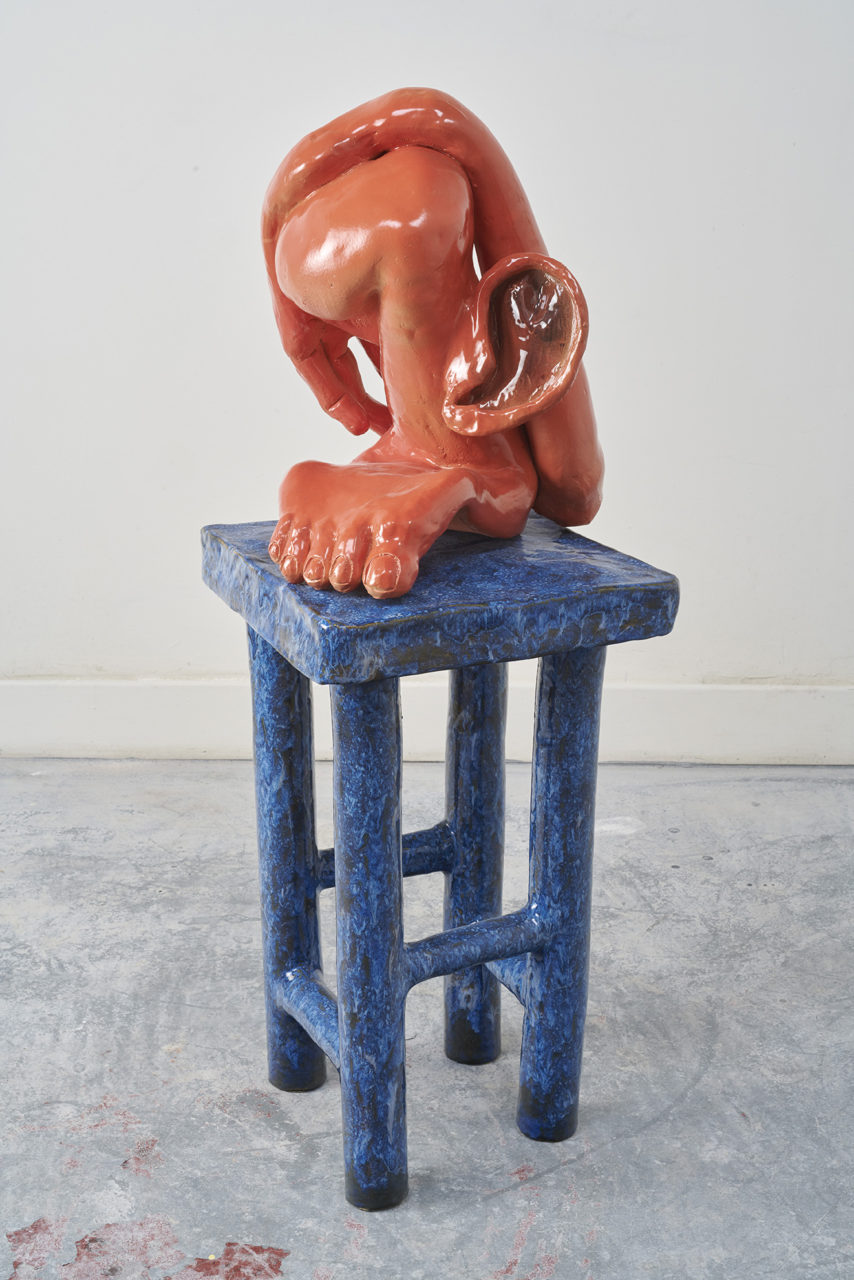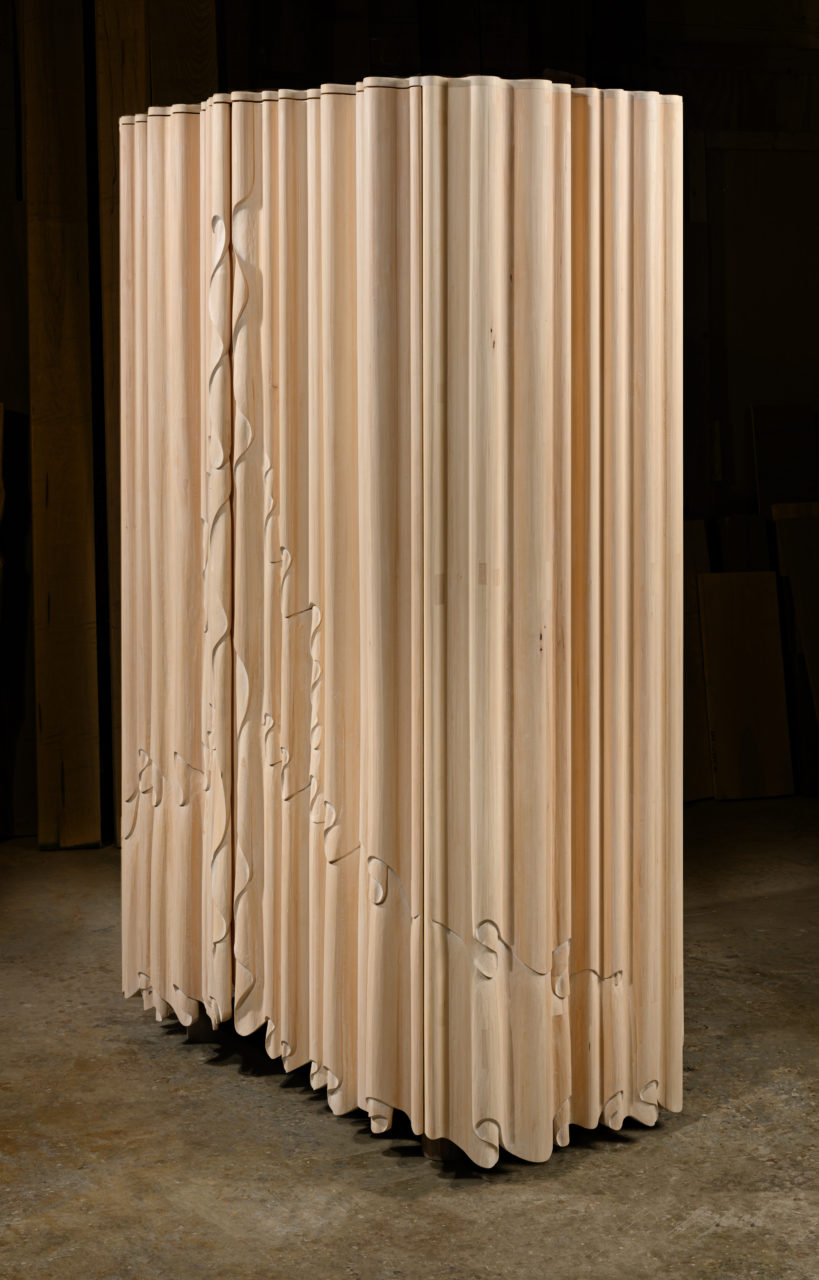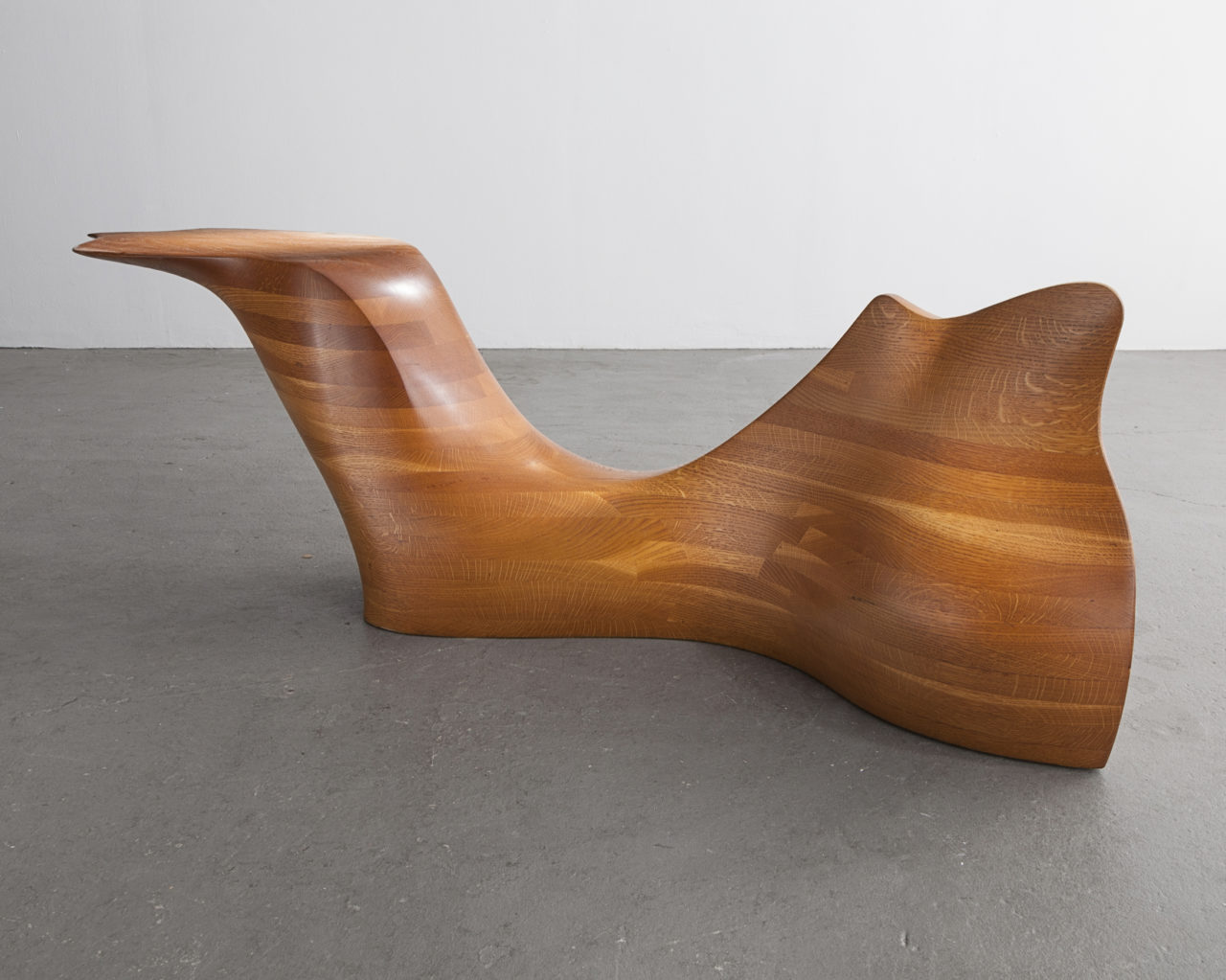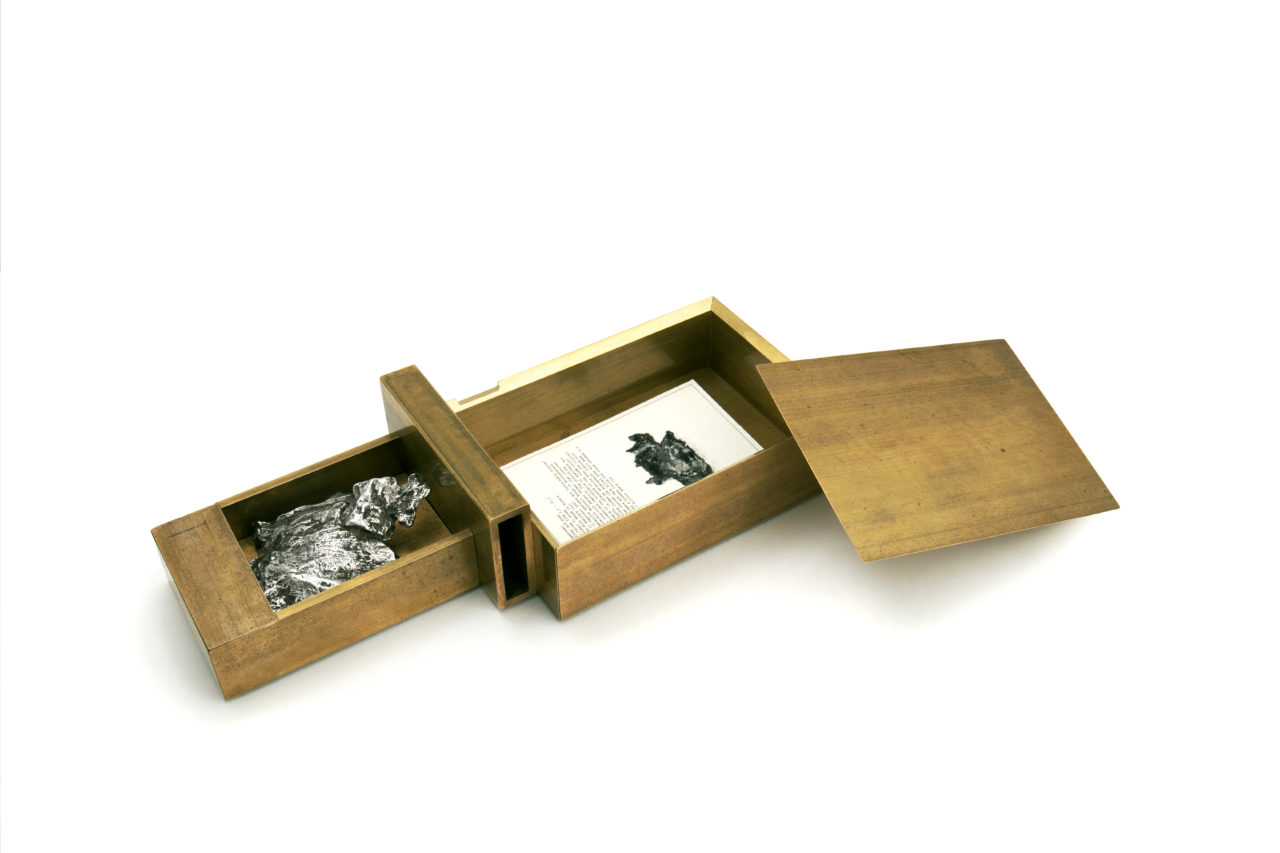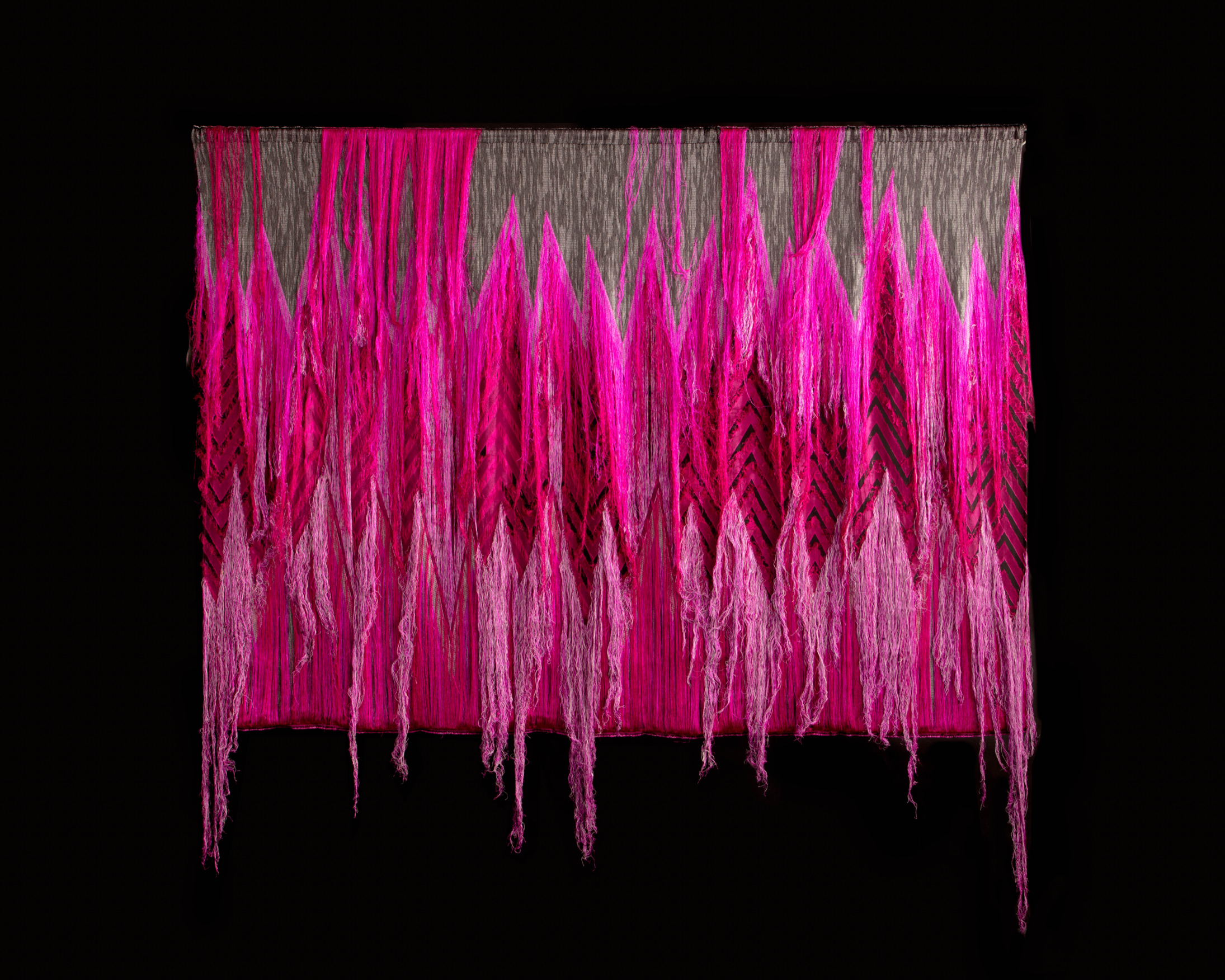When Objects: USA opened at the Smithsonian American Art Museum in 1969, it immediately put craft on the map. True to its name, Objects was a loose collection of compelling things, the exhibition space a “free-form territory” that commingled sculpture, ceramics, fabrics, and sundry other items, notes curator Glenn Adamson. Moreover, the landmark show set the terms of craft discourse—an insistence on “impartial” designations like “objects” and “makers”—that have obtained to this day.
Adamson was the brains behind Objects: USA 2020, a commemorative exhibition staged by the New York art gallery R & Company. Attempting to bridge the historical gap between the two productions, he and collaborators Evan Snyderman and Zesty Meyers invited 50 participants from the original Objects as well as 50 new ones. The result defies naming, though Adamson offers the label “craftivism” in his catalogue essay for the democratizing impact digital media have exerted on traditional media. With the launch of the show, Adamson highlights a few of its key pieces for AN Interior.
Header image: Frozen by Liz Collins (2020). Textiles formed one of the most active craft areas in the 1960s. Some weavers collaborated with industry; others sought new expressive languages for fiber art. Liz Collins combines aspects of both of these directions in her vivid deconstructivist textile work. (Joe Kramm, courtesy Liz Collins and R & Company)
